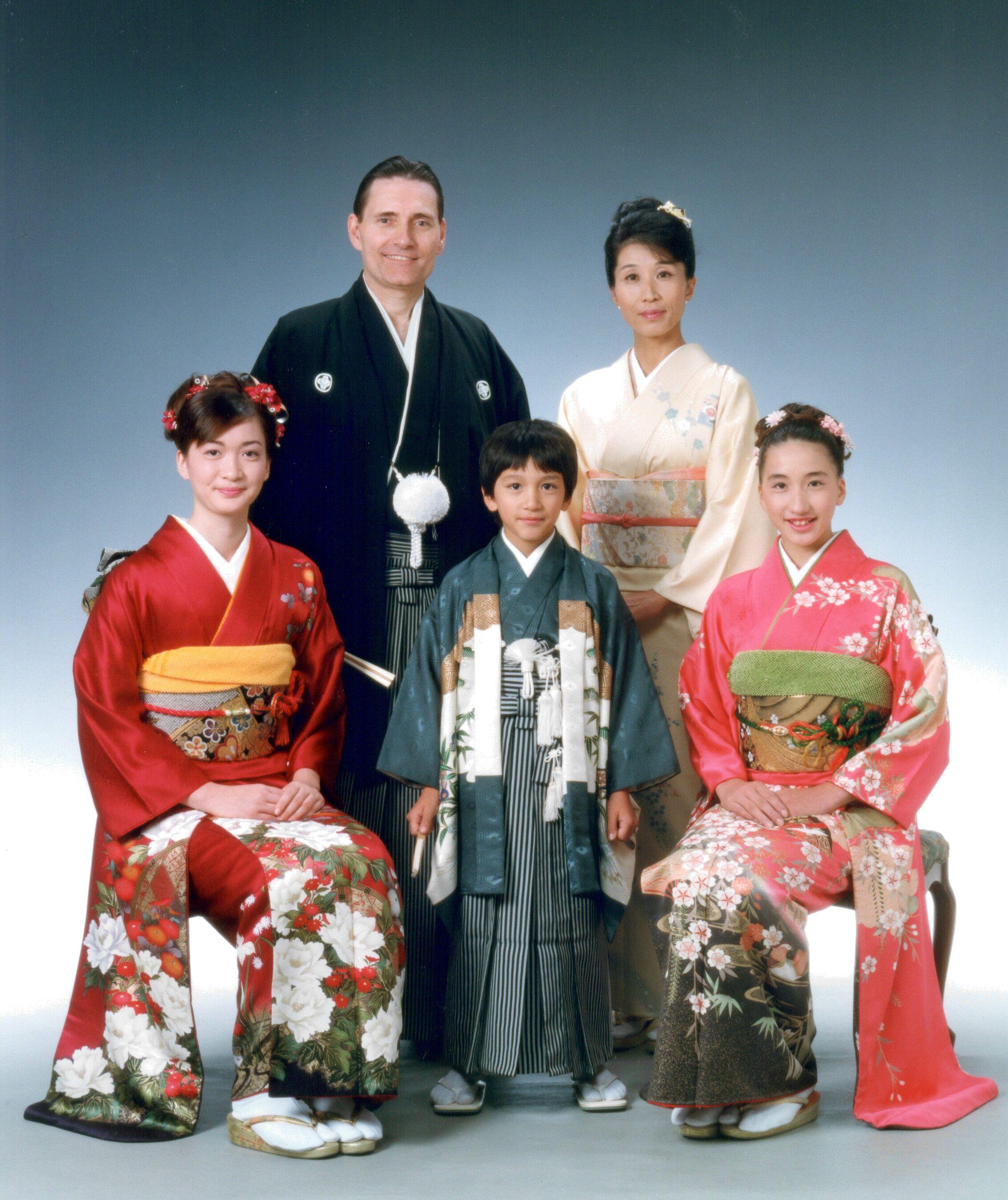Family Structure and Teachings
In Japanese culture, family is very important because it serves as the center of social stability and cultural preservation. “An individual’s identity, reputation, obligations and responsibilities are deeply connected to their family” (Scroope, 2021). Since Japan has a collectivist culture, important decisions and life choices are not made without consulting the family first. Generally, the choices people make are aimed to benefit the whole of the family that someone belongs to. The traditional Japanese family unit is called “Kazoku” and usually consists of a multi-generational household with a patriarchal head. This arrangement facilitates financial support, childcare, and the passing down of economic responsibilities. Traditionally, families are expected to produce heirs to carry on the family name and maintain ancestral ties. This further creates a sense of unity, where familial success is shared and celebrated communally.
Socialization within the family serves as a tool for teaching children's cultural values and norms; Respect for elders, humility, and a strong work ethic are instilled from an early age, shaping individuals into responsible and community-minded citizens. This happens alongside language acquisition as the home becomes the primary environment for passing down the Japanese language.
The child-rearing practices employed are rooted in traditional Japanese cultural values such as discipline, interdependence, education and respect. Children are taught the importance of family bonds, educational excellence and cultural traditions at an early age while gender roles, independence, and social skills are more naturally learned as the child grows up. “Japanese society has had traditional expectations of gender norms and divisions of labor throughout most of its history” (Scroope, 2021). The Father is usually the primary income earner while the mothers will traditionally be in charge of taking care of children and maintaining the household. However, in modern times, it is more likely for a mother to be working and contributing to the family financially.
Over the past 10-15 years, globalization and migration have left a permanent mark on the family structure in Japanese culture by changing the family models and causing intercultural blending. The traditional model of a multi-generational household is now coexisting with other models such as nuclear families or single-parent households due to changing work patterns and life choices caused by globalization. As more technological advances spread across the globe, Japan has become much more interconnected with the rest of the world. Because of this, a large population is exposed to diverse cultures and practices from around the world creating a more inclusive and culturally diverse family setting.

Comments
Post a Comment